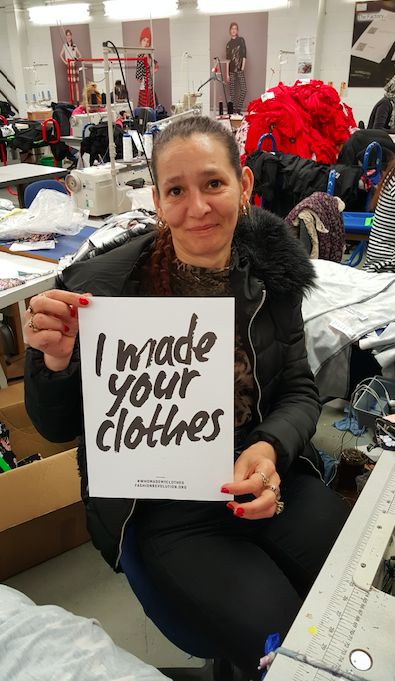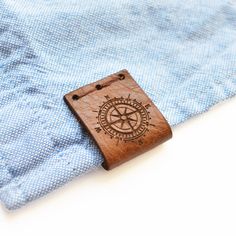AndraUrsuta.com – Clothing industry or garment industry simply summarizes the various kinds of industry and commerce involving apparel and clothing, beginning with the textile industry, embellishment with embroidery and thread, through the fashion industry down to clothing manufacturers to wholesale clothing and textile recyclers. The clothing industry also covers the fashion accessories like the dresses, shoes, bags, jewelry and so forth. There is also the apparel itself, which includes outer wear, sleepwear, swimwear, leisure wear etc. The accessories and apparels include caps, eyewear, socks, handbags, shoes etc. Clothing items are generally produced in factories; however, handbags, footwear, jewelry and other accessories are manufactured on an ad hoc basis in factories and workshops. Some items are manufactured in one factory and others in another.
The majority of clothing work takes place in developing countries

By way of calculation, the clothing industry employs around fourteen million people worldwide. The bulk of the clothing jobs takes place in the developing countries. Women comprise around half the total population of the clothing industry and they account for forty percent of the workers. In developed nations like the US, the number of clothing job is about thirteen million and of these, women make up seventy percent of the workforce.
The clothing industry provides employment to nearly a third of the United States’ workforce. The clothing production and distribution gives rise to a surplus of goods in the US market. The demand for the garments created by the clothing industry far exceeds the supply. This has resulted in the clothing industry being a major force behind the economic growth of the United States.
Clothing labels create a sense of identity for the customer

There are several factors responsible for the fact that the clothing industry is an important contributor to the strength of the US economy. One such factor is that garments create goods and services that are required by consumers all around the world. Another vital factor is that clothing labels create a sense of identity for customers and help maintain customer loyalty. The clothing industry also contributes significantly to the country’s Gross Domestic Product (GDP). When the clothing and garment industries are combined, the economists and researchers define it as a form of indirect employment. That is, it adds to the strength of the country’s economy.
According to estimates, in the last decade, the clothing industry in the United States has experienced unprecedented growth, and this has been largely attributed to the increased consumption of garments in the United States. Moreover, garments are now considered as an essential part of the wardrobe of most Americans, and in many cases, it forms a significant part of their annual income. The clothing industry helps the United States economy to adjust to the fluctuating global demand.
The clothing industry is the second largest employer in the State of New York, after food processing and services. Among the leading clothing manufacturing companies operating in the State of New York are Dress Barn, Campana, and L Brands. Among the prominent American clothing manufacturers that are based in the United States are privately owned brands such as Gildan, Ralph Lauren, Wal-Mart, JCPenney, and Abercrombie and Fitch.
The need for cheap clothes is out of fashion

While other countries are losing their precious textile jobs to cheaper labor markets, the United States clothing industry continues to flourish. In the present scenario, the need for low cost clothes is a thing of the past because of the technological advances in the modern clothing manufacture. In fact, the development of computerized sewing machines has resulted in the production of high quality clothing at reasonable rates. In other words, garment workers in the United States have become professionals in their jobs, thus enjoying good salaries and benefits.
The textile workers in the United States have been successful in linking their international trade experience with domestic job growth and prosperity. However, the success of the American clothing industry could not be possible without the support of the domestic textile industry. The Textile Workers International Union (TUIT) is an important part of this textile union. In fact, it is TUIT which is spearheading the campaign for the creation of a ” textile jobs program” in the United States, which will help the clothing industry in its fight against the global economic recession.
